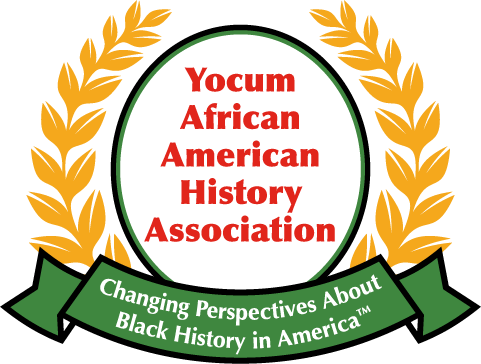The thirst for knowledge has always been a part of the culture of the African diaspora. From some accounts, 30% of enslaved people came from Timbuktu, a city long synonymous with the “utmost end of the earth.” This city is also the home of the University of Timbuktu, one of the world’s oldest and most prestigious institutions of higher learning. Founded in the early 1100s, the university produced well-educated scholars in various subjects, including mathematics, law, astronomy, medicine, chemistry, language, philosophy, and Islamic theology.
The city’s greatest learning occurred in the 15th and 16th centuries when several hundred thousand manuscripts were produced and collected in Timbuktu. This was also the era of the Transatlantic Slave Trade, so it is safe to assume that enslaved Africans understood the value of learning and brought the thirst for knowledge with them, just as they brought other cultural values to their new environment. Thus, these knowledge systems were incorporated into Black Americans’ informal and formal educational practices.
About 10% of the African American population (500,000) were considered “free,” and they, along with religious organizations, began schools for African American children. Other schools followed, and in 1815, “The African School” was established by Peter Cruger. This is one of the first “Black-owned” independent schools.
However, enslaved persons had no input into the type of education they would receive. In fact, the education of enslaved African Americans, except for religious instruction, was discouraged and eventually made illegal in most of the Southern states. After 1831 (the revolt of Nat Turner), the prohibition was extended in some states to free Blacks as well.
Even if educating Blacks was legal, they still had little access to education in the North or the South. But by 1865, after the end of the Civil War, more and more citizens – Black and White —were putting pressure on the state and federal government to update state constitutions to provide free, public education to Black children. Schools remained segregated, and Black schools were severely underfunded.
In our June edition, we will further explore the history of African American education in America. Join us for our Juneteenth event as we dig deeper into “the colored schools” in the United States and hear the experiences of several people who attended these schools in the 1930s, 40s, and 50s. More information about this free program is coming soon.

